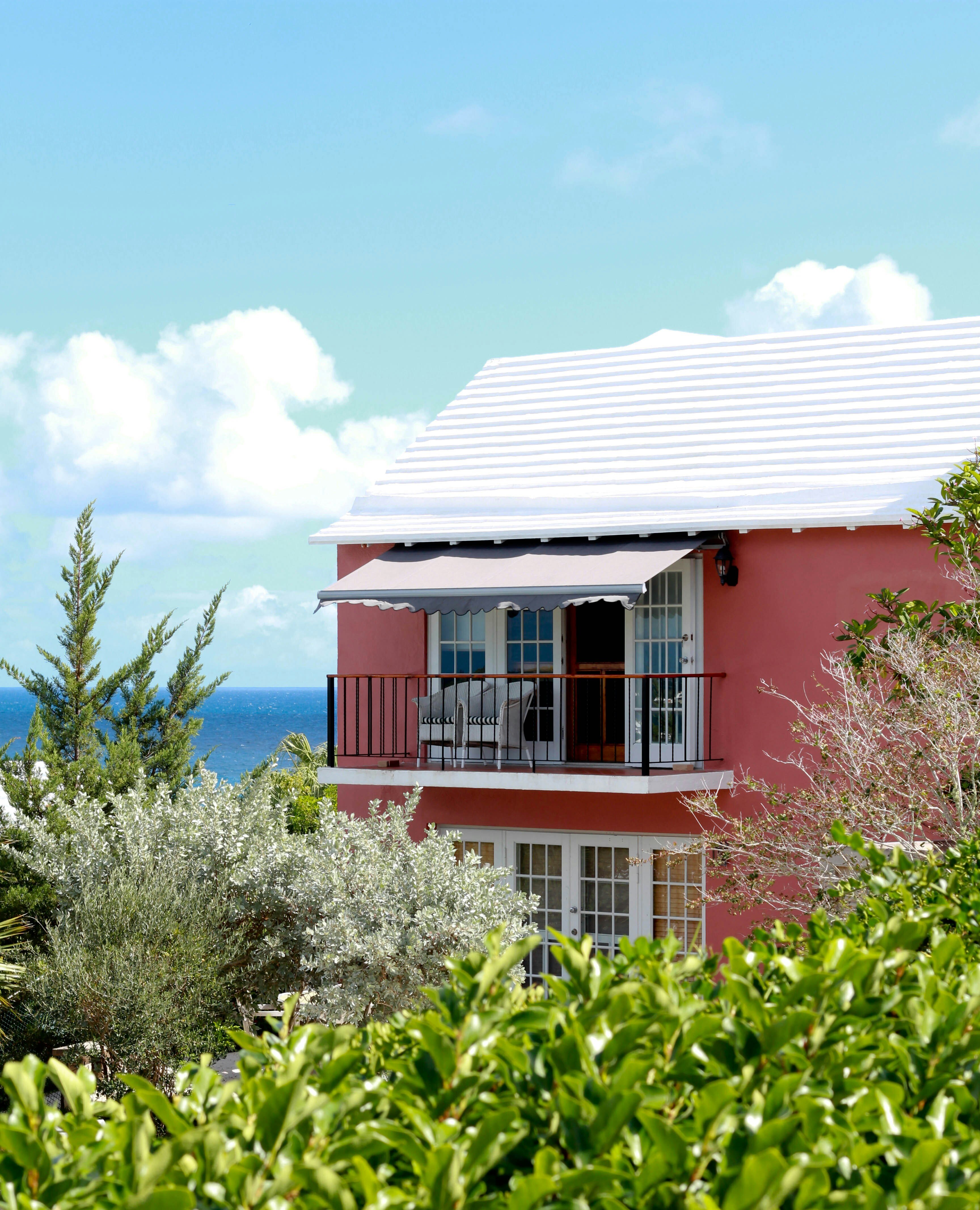
Summer heat waves can turn your home into an oven, making it feel like you're living in a sauna. You crank up the air conditioning, but the electricity bill skyrockets, leaving you frustrated and financially drained. Amidst this sweltering struggle, you might wonder: could a white roof be the secret to cooling down your home and cutting those hefty energy costs?
With 30 years of experience, RoofCrafters has seen firsthand how a simple switch in roof color can change the way your home handles heat. By reflecting more sunlight, a white roof reduces the amount of heat absorbed, making your living space cooler and more comfortable.
But how does it really work, and is it the right move for your home? We'll explore the science behind white roofs, share real-life stories from homeowners who made the switch, and help you decide if this could be the game-changer you need this summer. Grab your notes and get ready to discover how a white roof might just be your ticket to beating the heat and saving money in the process!
The Science Behind White Roofs
White roofs are a simple and smart way to keep your home cooler and cut down on energy costs. The basic idea is all about reflecting sunlight. When your roof is dark, it absorbs a lot of the sun's heat, which then seeps into your home, making it hotter inside. Your air conditioner has to work extra hard to cool things down, which means higher energy bills for you!
A white roof, on the other hand, reflects most of the sunlight instead of absorbing it. This means less heat gets inside your home. Think about wearing a white shirt on a hot day versus a black one. The white shirt keeps you cooler because it reflects more sunlight. The same concept applies to your roof. By reflecting sunlight, a white roof can lower the temperature of your roof surface by up to 50-60 degrees Fahrenheit. That's huge!

This reflective ability is called "solar reflectance." The higher the reflectance, the less heat your roof absorbs. Besides keeping your home cooler, this also extends the life of your roof by reducing the thermal stress caused by high temperatures. Less heat means less work for your air conditioner, which translates to lower energy consumption and reduced utility bills. It’s a win-win situation: you save money and stay comfortable while also being kind to the environment by using less energy. Since you likely live in the Southeast, this may be a life-saver for you.
What Homeowner's Are Saying
Homeowners across the web are sharing some interesting stories about the benefits of white roofs. Many are pleasantly surprised by the noticeable drop in their energy bills during the hot summer months. Let's cover a few!
One homeowner in Texas reported that after installing a white roof, their monthly electricity bill decreased by nearly 20%. They mentioned that their home felt significantly cooler, even during peak afternoon heat, and their air conditioning system didn’t have to run as often or as long to maintain a comfortable temperature. This not only saved them money but also reduced wear and tear on their cooling system, potentially extending its lifespan.

Another homeowner from Arizona shared a similar experience. They were skeptical at first, thinking that the difference wouldn’t be substantial enough to justify the expense of installing a white roof. However, after the installation, they were amazed at how much cooler their home stayed, even when outside temperatures soared above 100 degrees.
They noted that the indoor temperature remained more stable, reducing the need for constant thermostat adjustments and the associated energy costs. This homeowner also appreciated the added bonus of lower roof maintenance costs, as the reduced heat exposure meant fewer issues like cracking and warping of roofing materials.
In California, a family highlighted how their white roof made a significant difference not only in energy savings but also in overall comfort. They found that their upper floors, which previously felt unbearably hot during the summer, were now much more livable.
This improved comfort allowed them to use their entire home more effectively, without being forced to retreat to the cooler lower levels. They also felt good knowing that their choice was environmentally friendly, reducing their carbon footprint by cutting down on energy consumption.

These firsthand accounts from homeowners across different climates definitely highlight the practical benefits of white roofs. The widespread positive feedback suggests that for many, investing in a white roof can lead to substantial and satisfying returns.
Save Energy Costs with a White Roof
The benefits of installing a white roof are clear: significant energy cost savings, a cooler home environment, and a reduction in your carbon footprint. By reflecting more sunlight and absorbing less heat, white roofs help to keep your home more comfortable during the sweltering summer months, ultimately reducing the strain on your air conditioning system and lowering your monthly energy bills.
Ready to take the next step towards a cooler, more energy-efficient home? Contact RoofCrafters today to learn more about how cool roofs can benefit you. Our team is here to answer all your questions and guide you through the process. Don't let another summer pass by with high energy bills—let's make your home more comfortable!
My name is Kevin Mills, and I am the lead estimator for RoofCrafters’ Tampa division. I’m originally from Michigan, and I enjoy hunting, fishing, and spending any free time outdoors. What I’m most passionate about, though, is helping business owners and homeowners alike achieve their roofing goals, all while providing a seamless customer journey.




